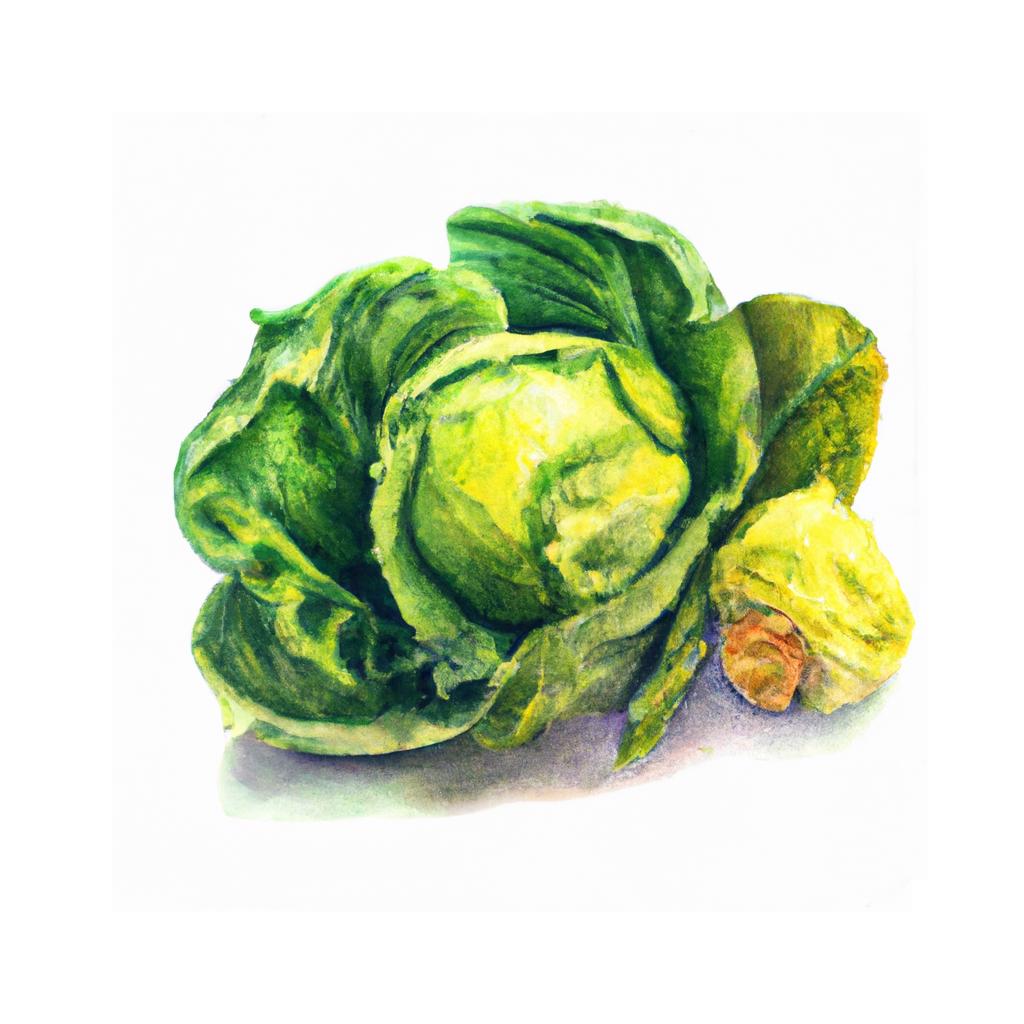
Cabbage, a leafy green, red or white biennial plant, is a member of the Brassica family and closely related to kale, broccoli, and cauliflower. It is believed to have been domesticated around 1000 BC in Europe, and its popularity has grown ever since. Cabbages are well known for their large, round heads made up of multiple layers of smooth or crinkled leaves, creating a dense inner core.
Cabbage is one of the oldest vegetables in history and was highly regarded by the ancient Greeks and Romans for its medicinal properties. It was used for treating various ailments like gout and headaches, and even played a role in preventing intoxication when consumed before a night of drinking.
Low in calories, but high in vitamins and minerals, cabbage is praised for its nutritional benefits. It is a great source of vitamin C, vitamin K, and dietary fiber, with smaller amounts of other essential nutrients. It has been linked to various health benefits, such as improving digestion, lowering blood pressure and cholesterol levels, and providing anti-inflammatory properties.
Cabbage has a versatile culinary range and can be consumed raw, cooked, or fermented. It is commonly used in various dishes across the globe like coleslaw, kimchi, sauerkraut, and stuffed cabbage rolls. It pairs well with different flavors and ingredients, such as apples, bacon, caraway seeds, onions, and mustard.
Not only is cabbage a delicious and nutritious addition to your garden, but it is also relatively easy to grow. It can thrive in both cool and warm climates, making it a popular choice for home gardeners looking for a resilient and rewarding vegetable.
This is advice is most applicable to growers in the UK, you may need to adjust the timings if you live somewhere with a different climate and/or seasons.
| Month | Tasks | Advice |
|---|---|---|
| January | - | - |
| February | start seeds indoors, | Sow cabbage seeds indoors to get a head start on the growing season. Use seed trays or pots with a good quality seed compost. |
| March | sow seeds outdoors, transplant seedlings, | Sow seeds outdoors in a well-prepared bed. Transplant indoor-grown seedlings, ensuring they are hardened off before moving them outside. |
| April | transplant seedlings, | Transplant indoor-grown seedlings outdoors, maintaining proper spacing between plants. |
| May | water regularly, thin seedlings, | Provide consistent moisture for cabbages. Thin seedlings to allow for healthy growth and air circulation. |
| June | water regularly, weed, | Maintain regular watering and keep the area around the plants weed-free to promote healthy growth. |
| July | harvest early varieties, | Harvest early varieties of cabbage when they are firm and have reached the desired size. |
| August | harvest, | Continue to harvest cabbage as they reach maturity. |
| September | sow seeds for spring harvest, harvest, | Sow seeds outdoors for an early spring harvest next year. Harvest mature cabbages before the first frost. |
| October | harvest, | Harvest any remaining cabbages before the first frost to prevent damage to the plants. |
| November | - | - |
| December | - | - |